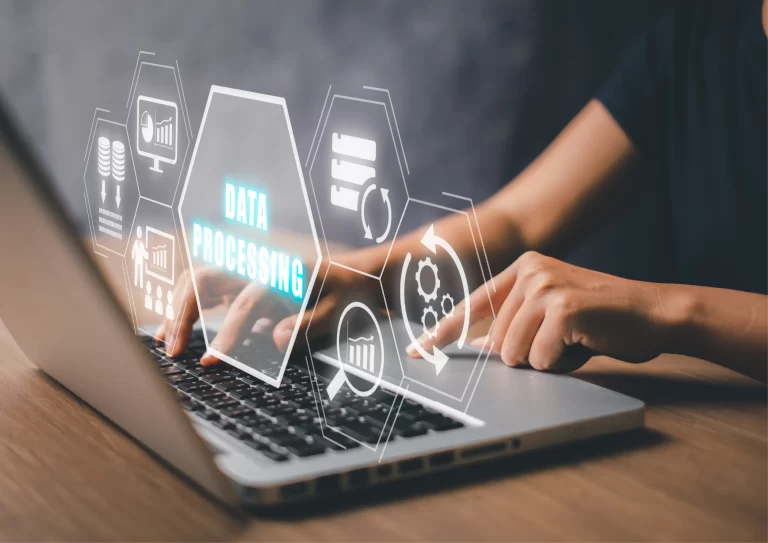An approach that has been around for quite some years now: Gamification in HR. We know for sure when the “gamification” term emerged. In 2002, Nick Pelling, a British programmer, and creator of the computer game Frak!, coined this term designing a game-like interface for ATMs and vending machines. Gamifying can be an amazing tool for building engagement and participation among employees. It is credited, too, as a good way to onboard a new colleague and to make the lives of recruiters easier. Here is a compilation of the most singular examples of gamification in HR.
Case #1: Albert Heijn
Of the gamification in HR examples, the concept of Dutch supermarket Albert Heijn is one of a kind. The chain, which hires young people at a large scale, uses HR gamification for its recruitment process. When applying for a job online, the system transports applicants into a sort of scenario-like game where they experience daily situations of the job. This game replaces generic practices like asking for CVs or motivation letters and certainly makes the process smoother and funnier.
Additionally, Albert Heijn has developed a series of work games with which they want to challenge AH employees in a fun and playful way to think more creatively and smartly about their deployment and service. The games are played in teams within an AH store, but also as a competition between different AH branches.
Check the video here to learn more about HR gamification in Albert Heijn:
Case #2: NTT Data
This Japanese multinational information technology company uses HR gamification to identify leaders within its company. By utilizing their internal game ‘Samurai’, the company places employees in teams and provides them with questions. It allows them to explore management topics, collaborate online, receive instant peer feedback, and gain recognition for their gameplay. By focusing on negotiation, communication, time management, change management, and problem-solving, the game aligns with NTT Data’s employee engagement framework, helping to identify potential leaders within the organization.
70 leaders completed this HR gamification training program with impressive results. Fifty employees took on team leadership roles, a 50% increase over traditional methods. Participants proposed 30 new ideas through the Smart Idea Challenge, generating $1 million in revenue and cost savings for customers. Employee referrals from game completers increased 30%, reducing recruiting costs by $500,000 in the first year.
Case #3: Deloitte
The onboarding experience at Deloitte has been digitized for a couple of years now. The new hire will learn about rules, ethics, procedures, privacy and compliance by adhering to groups and trying to answer pre-set questions.
Deloitte also wanted to train its new staff. The company used its technical skills to teach new employees basic consulting skills. For example, they replaced a three-day course with a unique game. The player, the protagonist in a zombie apocalypse, has the goal of saving humanity. They have to answer all kinds of different types of questions. In this way, the starters learn basic consulting skills in a playful way, such as PowerPoint, Excel and professional trading.
Like this, collaboration is encouraged from day one. The game also gives the chance to new employees to go to a virtual airport and travel to either of three offices of Deloitte in Asia where they can interact with other employees!
These three examples show the implementation of gamification in HR in three stages of the recruitment process: selecting talent, onboarding and training, and employee engagement. In all, they also help to attract talent of better quality.
Gamification in HR for energy companies
However, (how) should your workplace implement gamification in HR? Whether you are a small or big company, whether you are hiring mostly younger or senior workers, whether the digital penetration within your workforce is high or low, and many other factors come into play. In the case of energy companies, for example, the increasing digitization and ever changing market makes HR gamification a great tool for training in safety or negotiation.
Bonus case: Serious Games Interactive
Serious Games Interactive has developed a series of different simulation game courses. The games are interactive 3D, single-user simulations for procedural learning about carrying out the right safety procedures in servicing wind turbines and for the use of different equipment. Organizations design participation in the games to boost proficiency and provide engaging learning for all staff members.
Are you implementing gamification within the HR of your company? Or have you encountered gamification in the company you work for?
Let us know!



